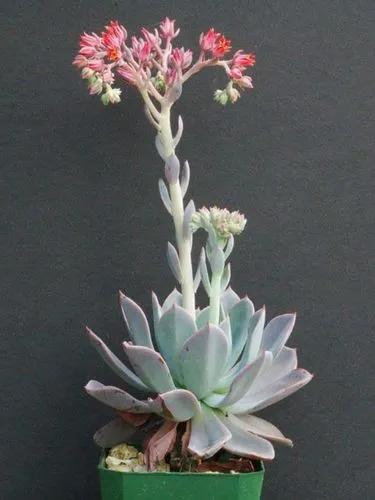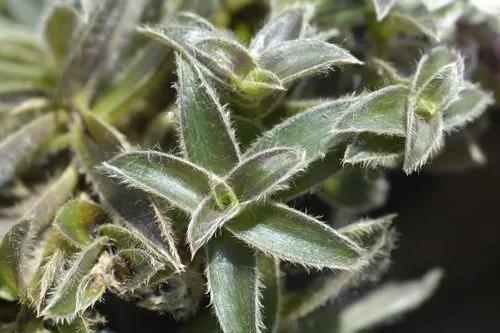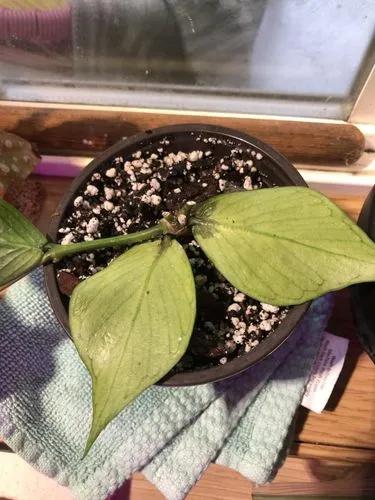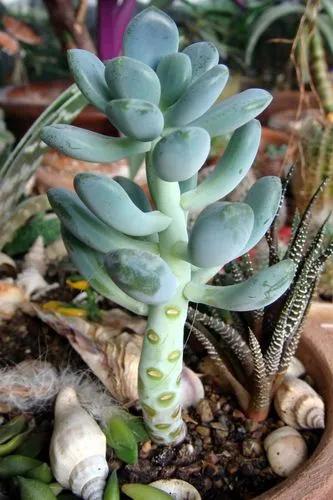Hoya Imperialis is a spectacular out-performer out of all the Hoyas that I’ve seen in my years as a gardener.This vine of Malaysian origins is a rampant grower that’s very hard to keep under control, creeping and climbing over anything it can find and throwing out umbels and umbels of the most gorgeous maroon waxy flowers throughout the year.Most gardeners grow Hoya Imperialis for its otherworldly blooms – maroon to mauve, perfectly star shaped, like wedding cake decorations.They even have a sweet fragrance of spices about them. The leaves are a lush glossy green. According to the University of Connecticut, Hoyas are great air purifiers good at absorbing harmful volatile organic compounds.
Hoya Imperialis Care
Hoya Imperialis



How to Care for the Plant

Water

Hoya Imperialis care requires consistent watering compared to other Hoyas but it doesn’t like to sit in water.Slightly lift the pot before watering. If it feels heavy it probably isn’t dry yet.If your plant is very young it is more susceptible to root rot. A large mature plant can cope with watering mistakes.

Fertilizer

My preferred feeding method to grow Hoya Imperialis is to go heavy on organic content right at the time of potting and then following it up with a balanced liquid fertilizer.The reason I prefer organic feeds over chemical fertilizers, particularly for epiphytes like Hoya is that they are slow-release.This plant does seem to respond well to feeding. I don’t completely stop feeding in winter, I simply cut down the frequency to half or less.A Hoya Imperialis care hack is to give it a good orchid fertilizer during the growing months.This is to induce blooms and again, I prefer using a liquid organic type that’s easy to dilute and doesn’t cause the build-up of harmful salts in the soil. Water well along with feeds.

Sunlight

The right amount of light is an important part of Hoya Imperialis care. “Bright shade” is what they prefer but not direct sunlight. In the northern zones, you can grow.Hoya Imperialis by south-east or a south-west window. In the hardy zones, it’s better to place the plant where there is no direct sunlight but bright nevertheless. For eg. feel free to grow Hoya Imperialis in your patio in a medium-light spot.

Soil

Grow Hoya Imperialis in a potting mix with more than 50% of organic clumps like bark bits, charcoal, chunks of coco-husk or sphagnum moss, and the other 50% of perlite.This will give the roots just what they want – excellent drainage, aeration, moisture retention, and something to bind themselves around.

Temperature

grow Hoya Imperialis at the lowest continual temperature 60°F (15°C), but the plant will be the happiest at temperatures over 95°F (35°C) for extended periods of time.They are not frost tolerant. This is why, despite their rampant growth pattern, I would still recommend growing Hoya Imperialis indoors or in a plant house in comfortable room temperatures if you live in cold regions. Growth may slow down but it’ll survive.

Container

Grow Hoya Imperialis in a somewhat small pot that naturally limits the water available to the roots.

Popularity

10 people already have this plant 9 people have added this plant to their wishlists
Discover more plants with the list below
Popular articles






